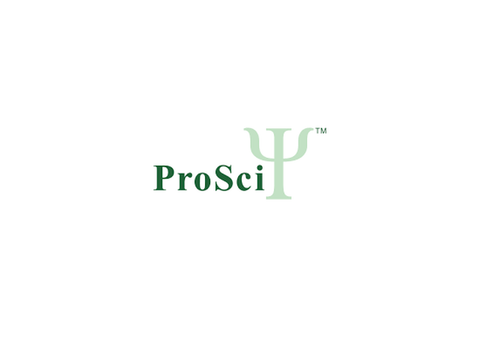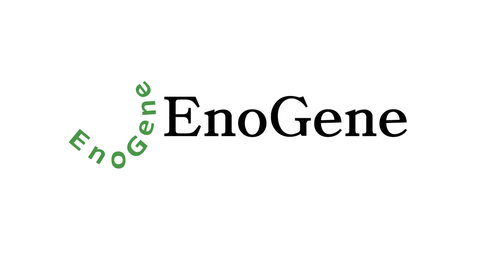Product Description
KHDRBS1 Antibody | 61-145 | ProSci
Host: Rabbit
Reactivity: Human, Mouse
Homology: N/A
Immunogen: This KHDRBS1 antibody is generated from a rabbit immunized with a KLH conjugated synthetic peptide between 259-291 amino acids from the Central region of human KHDRBS1.
Research Area: Signal Transduction
Tested Application: WB, IHC-P
Application: For IHC-P starting dilution is: 1:25
For WB starting dilution is: 1:2000
Specificiy: N/A
Positive Control 1: N/A
Positive Control 2: N/A
Positive Control 3: N/A
Positive Control 4: N/A
Positive Control 5: N/A
Positive Control 6: N/A
Molecular Weight: 48 kDa
Validation: N/A
Isoform: N/A
Purification: This antibody is purified through a protein A column, followed by peptide affinity purification.
Clonality: polyclonal
Clone: N/A
Isotype: Rabbit Ig
Conjugate: Unconjugated
Physical State: Liquid
Buffer: Supplied in PBS with 0.09% (W/V) sodium azide.
Concentration: batch dependent
Storage Condition: Store at 4˚C for three months and -20˚C, stable for up to one year. As with all antibodies care should be taken to avoid repeated freeze thaw cycles. Antibodies should not be exposed to prolonged high temperatures.
Alternate Name: KH domain-containing, RNA-binding, signal transduction-associated protein 1, GAP-associated tyrosine phosphoprotein p62, Src-associated in mitosis 68 kDa protein, Sam68, p21 Ras GTPase-activating protein-associated p62, p68, KHDRBS1 (HGNC:18116)
User Note: Optimal dilutions for each application to be determined by the researcher.
BACKGROUND: Recruited and tyrosine phosphorylated by several receptor systems, for example the T-cell, leptin and insulin receptors. Once phosphorylated, functions as an adapter protein in signal transduction cascades by binding to SH2 and SH3 domain- containing proteins. Role in G2-M progression in the cell cycle. Represses CBP-dependent transcriptional activation apparently by competing with other nuclear factors for binding to CBP. Also acts as a putative regulator of mRNA stability and/or translation rates and mediates mRNA nuclear export. Positively regulates the association of constitutive transport element (CTE) -containing mRNA with large polyribosomes and translation initiation. According to some authors, is not involved in the nucleocytoplasmic export of unspliced (CTE) -containing RNA species according to (PubMed:22253824) .
 Euro
Euro
 USD
USD
 British Pound
British Pound
 NULL
NULL

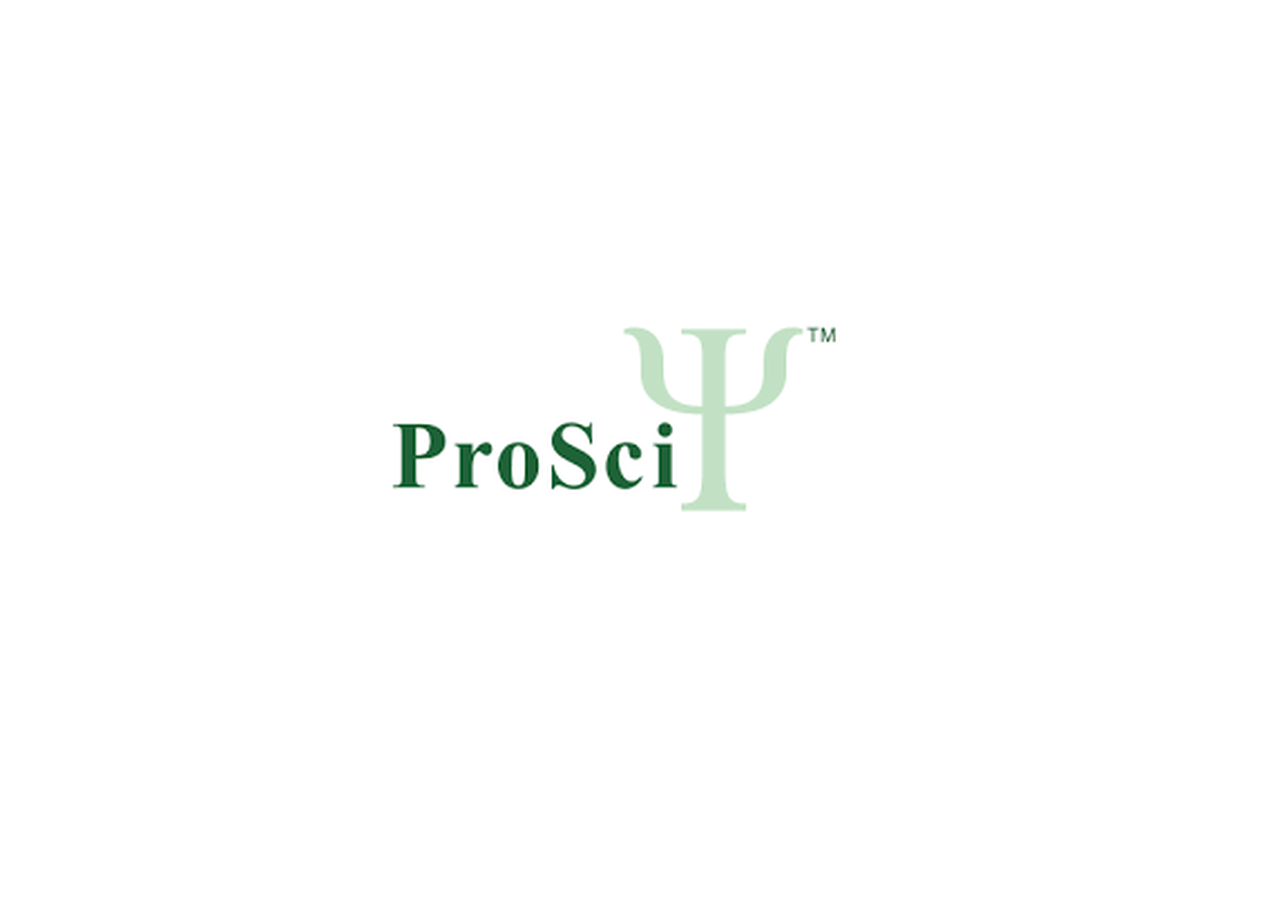

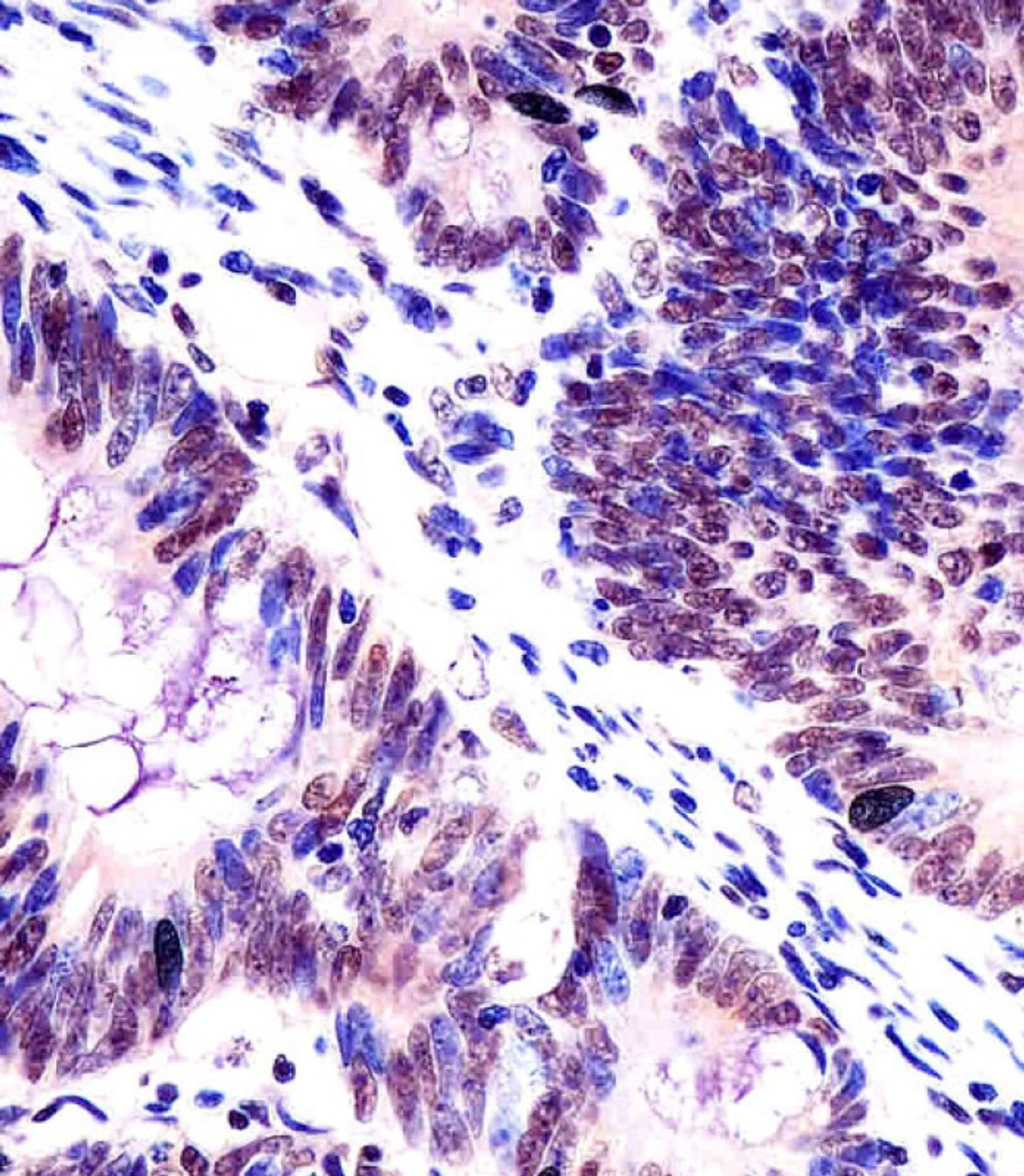





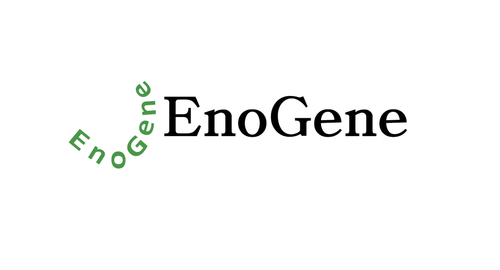


![KHDRBS1 Antibody (Center) [APR16979G] KHDRBS1 Antibody (Center) [APR16979G]](https://cdn11.bigcommerce.com/s-452hpg8iuh/images/stencil/500x659/products/870169/1162236/logo__92149.1659788186__80755.1659866371.png?c=2)

